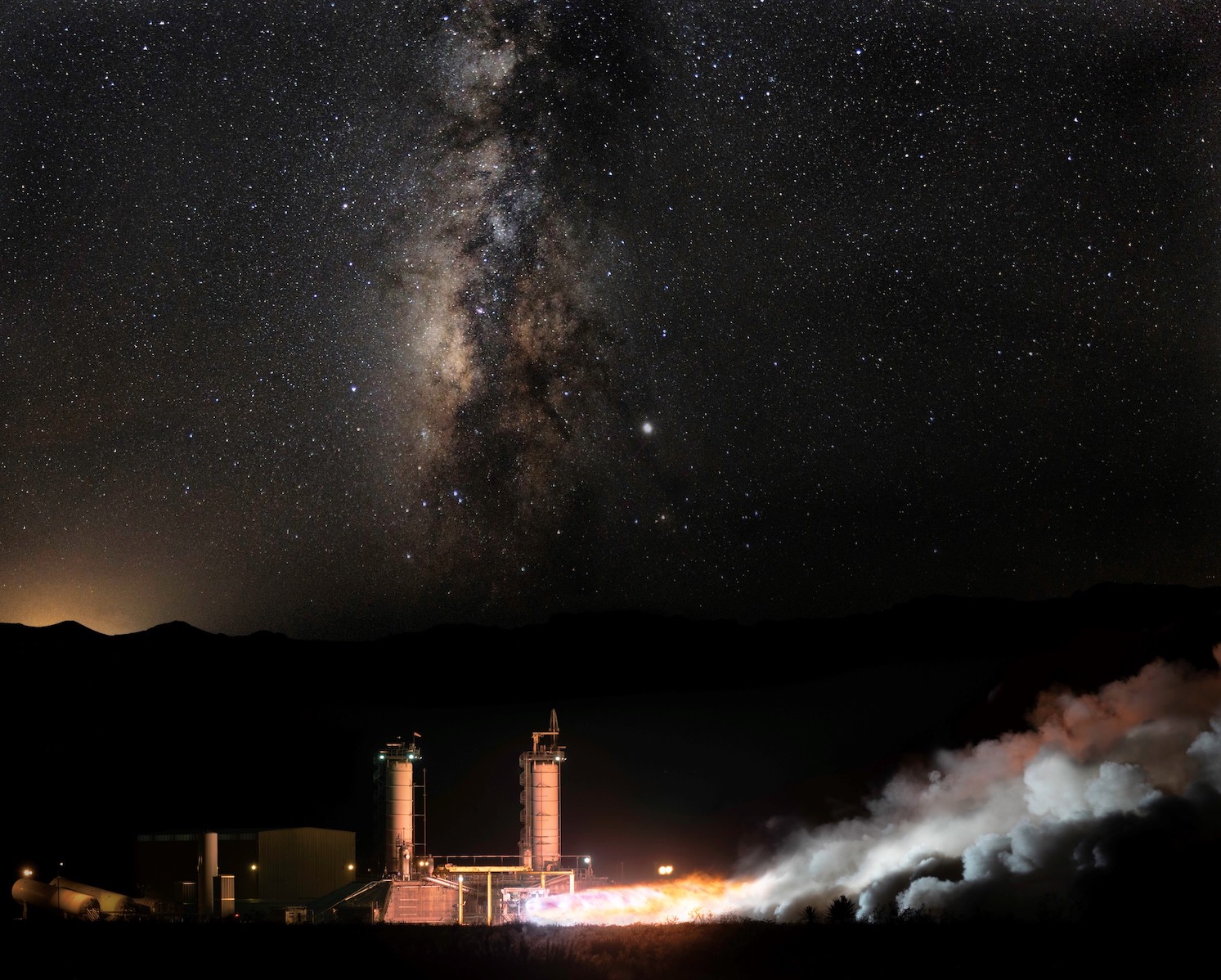United Launch Alliance's powerful new Vulcan rocket was originally scheduled to debut in 2020 but has since been delayed a couple of times.
Presently, it is due to fly during the second half of this year, and the Colorado-based launch company is still holding to the 2022 date. On Wednesday, United Launch Alliance spokesperson Jessica Rye told Ars, "We are well positioned for a Vulcan first launch late this year." However, another delay now seems inevitable, sources say, with the rocket slipping toward a demonstration launch in 2023.
There are two main issues holding Vulcan back from making its debut: the readiness of its main engines and the payload that it will carry. At this point, neither appear likely to support a 2022 launch.
BE-4 rocket engines
ULA is buying engines for its Vulcan rocket from Blue Origin. Fueled by methane, the BE-4 engine is a large and capable machine that is one of the most powerful US rocket engines developed in decades. It has a greater thrust than the space shuttle's main engine. And by all accounts, developmental versions of the BE-4 engine have performed well on the test stand. But unfortunately for ULA, the engine is more than four years late.
Blue Origin has previously delivered "pathfinder" versions of the engines to ULA, which the company has used for fit tests with the Vulcan rocket. But there is no substitute for actual flight engines, which are necessary to perform a static fire test and clear the vehicle for launch. According to sources, ULA established an approximately six-month timeline, once it receives the flight engines, to test and integrate them into the Vulcan rocket and launch. To make a 2022 launch date, ULA estimated that it needed to take delivery of the flight engines in mid-July at the latest.
At present, however, those flight engines are still being built at Blue Origin's headquarters in Kent, Washington. Sources say the engines will almost certainly not be assembled and shipped to Blue Origin's test facility in West Texas before mid- or late July. Once there, the two flight engines must undergo acceptance testing, a process that takes about two or three weeks under nominal conditions. Blue Origin can conduct this acceptance testing in parallel, as it has two test cells and has performed simultaneous engine testing before. This would put delivery of the flight engines to ULA no earlier than mid-August.
ULA has a lot riding on this first Vulcan flight. For example, before Vulcan is certified to carry lucrative national defense satellites for the US Space Force, the rocket must complete two successful orbital flights. ULA would very much like its first demonstration mission to count as one of those certification flights. So as a company known for safety and mission assurance above all else, ULA is unlikely to rush its engine integration process to make an end-of-year deadline.
Payload delays
Vulcan's debut launch will carry an experimental lunar mission for Astrobotic. The Pittsburgh-based company publicly revealed this "Peregrine" spacecraft in late April, while final assembly work was ongoing. At the time, Astrobotic still needed to install engines, solar panels, and its scientific payloads. After that, Peregrine must undergo environmental testing before being shipped to Vulcan's launch site in Florida.
Peregrine is intended to land on the Moon as part of NASA’s Commercial Lunar Payload Services Program, which pays private companies to deliver scientific experiments to the lunar surface. Astrobotic and another company, Houston-based Intuitive Machines, are both competing to be the first private company to successfully land on the Moon.
Although both companies are publicly holding to 2022 launch dates, a senior NASA official recently indicated that neither payload will be ready this year. "We've got two landings that will be happening probably over the next year and a half," said Kathy Lueders, NASA's chief of human spaceflight operations, at the ASCENDx conference in Houston in late April. "They're having a little bit of fits and starts, but the teams are making great progress."
Given Lueders' comments and the challenge of completing assembly and testing of the Peregrine spacecraft within the next six months, payload readiness represents another data point that suggests a 2022 Vulcan launch is highly unlikely.
Other considerations
These are just the two main schedule impediments for Vulcan. A source said there are other issues to consider. The Centaur V upper stage to be used for Vulcan shares a lot of commonality with earlier versions of Centaur, but it too will include new technology. A source said Centaur is not yet ready for launch, either.
Although a delay into 2023 will not be the end of the world for ULA, it is important to get Vulcan flying safely soon. The rocket company has bet its entire future on the success of Vulcan, which will replace both its Atlas and Delta fleets of rockets later this decade.
As part of that commitment, ULA has contracted to launch dozens of missions for Amazon's Project Kuiper, in addition to 60 percent of the nation's national security payloads for the US military from 2022 to 2027. To live long and prosper, therefore, ULA needs a healthy Vulcan flying relatively soon.


